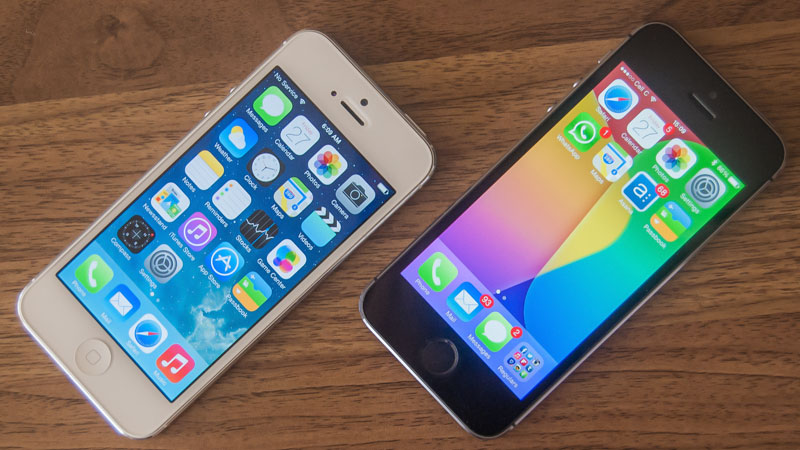There is a general belief that Apple’s products are impervious to malware or malicious attacks, but that has now changed thanks to WireLurker. According to researchers, the discovery poses a new era of malware.
WireLurker attacks are targeted towards desktop and mobile devices through USB connections, and it only the second known malware family to do so. To demonstrate the seriousness of the malware, it is also the first malware to automate generation of malicious iOS applications, first known malware that can infect installed iOS applications, first in-the-wild malware to install third-party applications.
According to researchers Palo Alto Networks, in terms of malware families distributed through trojanized OS X applications, it is the biggest in scale that they have ever seen.
“WireLurker was used to trojanize 467 OS X applications on the Maiyadi App Store, a third-party Mac application store in China. In the past six months, these 467 infected applications were downloaded over 356,104 times and may have impacted hundreds of thousands of users,” it wrote in a research piece.
The Trojan uses USB connections to travel between infected and uninfected devices, and once an iOS device is connected to an infected OS X computer, it automatically downloads and installs third-party applications or automatically generated malicious applications. It doesn’t matter if your mobile phone is jailbroken.
“This is the reason we call it ‘wire lurker’. Researchers have demonstrated similar methods to attack non-jailbroken devices before; however, this malware combines a number of techniques to successfully realize a new brand of threat to all iOS devices. WireLurker exhibits complex code structure, multiple component versions, file hiding, code obfuscation and customized encryption to thwart anti-reversing.”
WireLurker is capable of lifting personal information from the infected mobile and according to Palto Alto Networks it “regularly requests updates from the attackers’ command and control server. This malware is under active development and its creator’s ultimate goal is not yet clear.”
To avoid being infected, the company recommends that you:
- Keep the iOS version on your device up-to-date
- Employ an antivirus or security protection product for the Mac OS X system
- Do not download and run Mac applications or games from any third-party app stores
- Do not pair your iOS device with untrusted, or unknown, computers or devices
- Avoid powering your iOS device through chargers from untrusted sources
[Source – Palo Alto Networks]

